BLOG
Aidan Baker Joins Mosaic Construction as Project Manager

Baker will also serve sister company Design Construction Concepts
CHICAGO, IL (March 2, 2020) – Mosaic Construction, LLC, a full-service design build firm specializing in multifamily residential and commercial renovation, remodeling, and building services, announced that Aidan Baker has joined the company’s rapidly-growing team as Project Manager. Baker brings more than 20 years of experience as a skilled contractor to Mosaic in both New Zealand and the United States. He offers a proven track record of working with highly discerning clients and turning their visions into reality.
In his new role at Mosaic Construction, and its affiliated Design Construction Concepts, Baker will be responsible for daily project excellence, schedule management, working with trade partners, and successful close out of custom residential and commercial projects.
“Aidan brings top-quality service and craftsmanship to our team – qualities we value and know will make a great impact on our business,” said Ira Singer, principal of Mosaic Construction, LLC. “We’re looking forward to having Aidan on our team.”
Mosaic Construction and Design Construction Concepts have earned a stellar reputation for providing superior customer service in executing all elements of the design build process for more than 30 years. Principals include Ira Singer, Andy Poticha and Mike Frazin. The companies’ expertise includes design build renovation, remodeling and construction services for residential and commercial property owners who expect an elevated level of care, and where customer relationships are a number one priority. For more information, call 847-504-0177, visit www.mosaicconstruction.net or visit www.dcc-inc.net.
In 2020, Cannabis Construction Must Offer Security of a Bank, Compliance of a Pharmaceutical Company, Aesthetic of a High-end Retailer
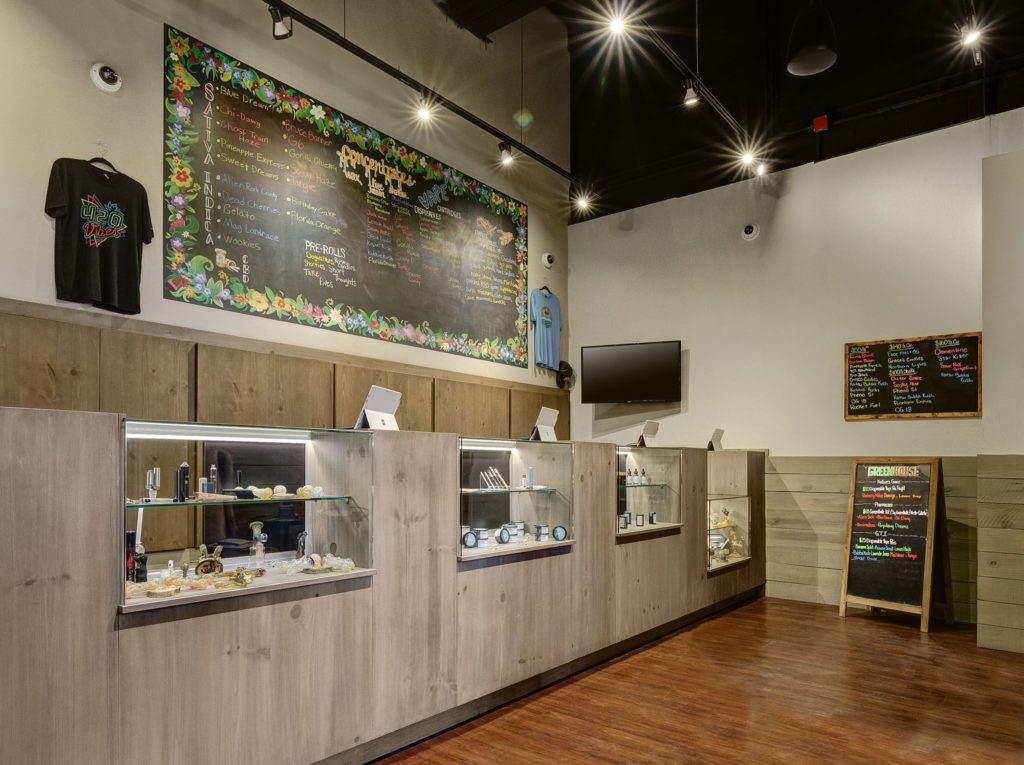
Legal recreational cannabis is a new industry in Illinois—and it’s in dire need of customized facilities. The first month of recreational cannabis sales in Illinois amounted to nearly $40 million. Sales figures spell opportunity both for cannabis companies and for experts in building special-purpose facilities for the industry’s stringent regulations and experience-driven customers.
Andy Poticha, Principal at Cannabis Facility Construction (CFC) has been involved in more than 30 cultivation, processing center and dispensary projects in eight states since 2015. He’s leading renovation projects that offer Illinois more than 35,000 new square feet of cannabis cultivation areas and dispensaries customized for the needs of recreational cannabis customers.
“To become recreational cannabis users’ preferred dispensary, new cannabis license holders must prioritize both compliance and customers in their facility design,” Poticha observes. The design/build process must support two core objectives:
- Prioritize compliance or suffer the consequences. To maintain product supply and operational retail sales, stick to strict protocols and carefully follow building codes related to the handling, storage and distribution of cannabis throughout the supply chain.
- Offer a differentiated customer experience. Product commoditization and restricted in-state cannabis sourcing leads to stiff competition between dispensaries.
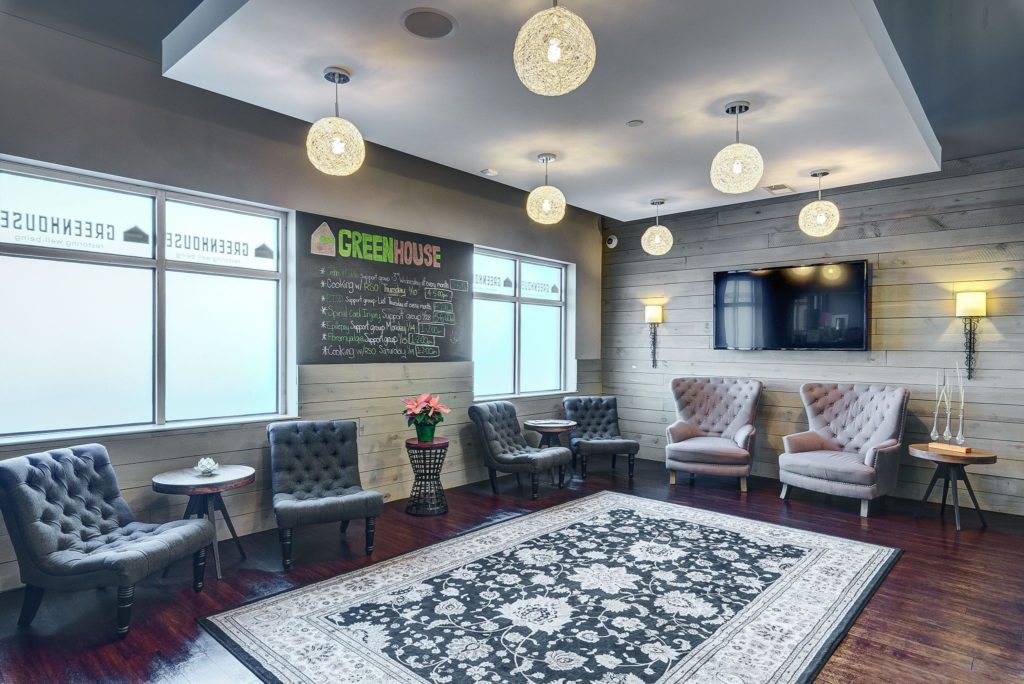
“Cannabis companies need to offer the security of a bank branch, the compliance of a pharmaceutical company, and the aesthetic of a high-end retailer,” said Poticha. “Designing for the customer experience, creating welcoming sales environments that are compliant with regulations, is where dispensaries can find true opportunity to differentiate themselves from the competition.”
For nearly five years, CFC has worked with numerous cannabis companies, including Grassroots Cannabis, a vertically integrated multi-state cannabis company. For co-founder Mitch Kahn, CFC has helped Grassroots embrace these seemingly competing objectives into a cohesive customer experience.
“Partnering with CFC, we have been thoughtful about connecting the design/build process with our customer experience and compliance objectives,” said Kahn. “Together, we identified and solved potential issues early in the design/build process, so that the build-out is supportive of sales, security, and being good neighbors in our communities.”
Stipulated Sum Agreements Make Us the Right Builder for You
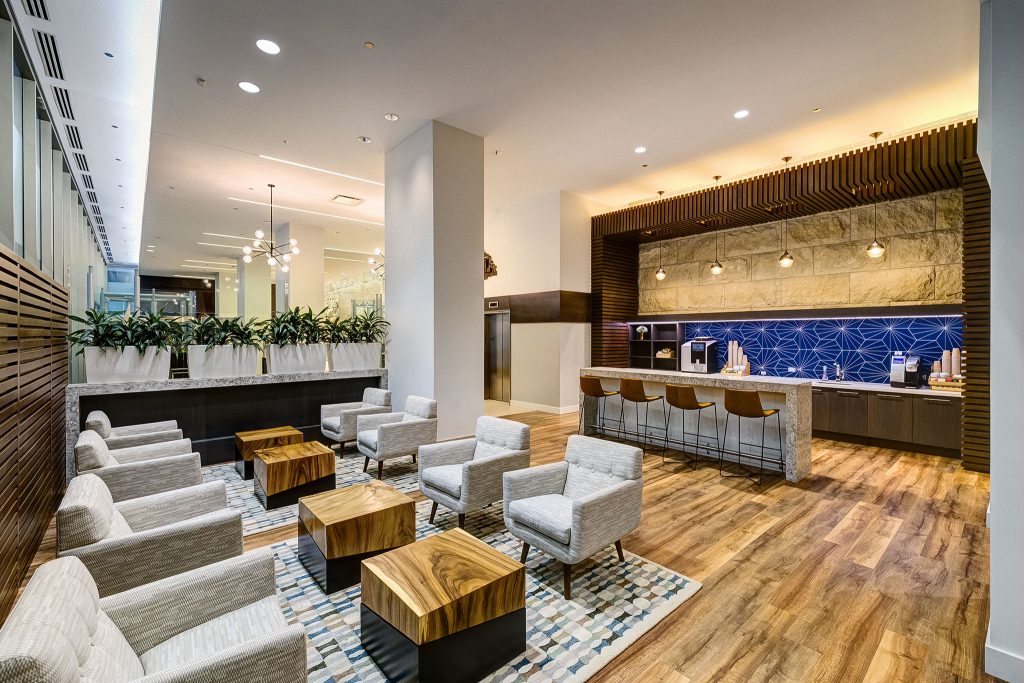
Our goal as a design-build firm is to create value for our clients through outstanding service-delivery and building trusted relationships. One of the many ways we achieve our goal is how we structure our contracts. Our clients want to know what they’re paying for, and we are able to clearly spell that out by providing stipulated sum agreements.
What is a Stipulated Sum?
Also referred to as a lump sum contract, a stipulated sum requires a builder to agree to provide specified services for a fixed price based on labor and material costs. The builder is responsible for executing the job properly and will provide its own means and methods to complete the project. Specifically, we use stipulated sum agreements with our multifamily and commercial projects, and they allow us to better define the scope and schedule of projects.
“The Mosaic Construction way is to be a client-first company in which we anticipate needs and focus on relationship-building,” said Singer. “We’ve always led with this approach, and our clients understand the value of that.” – Ira Singer
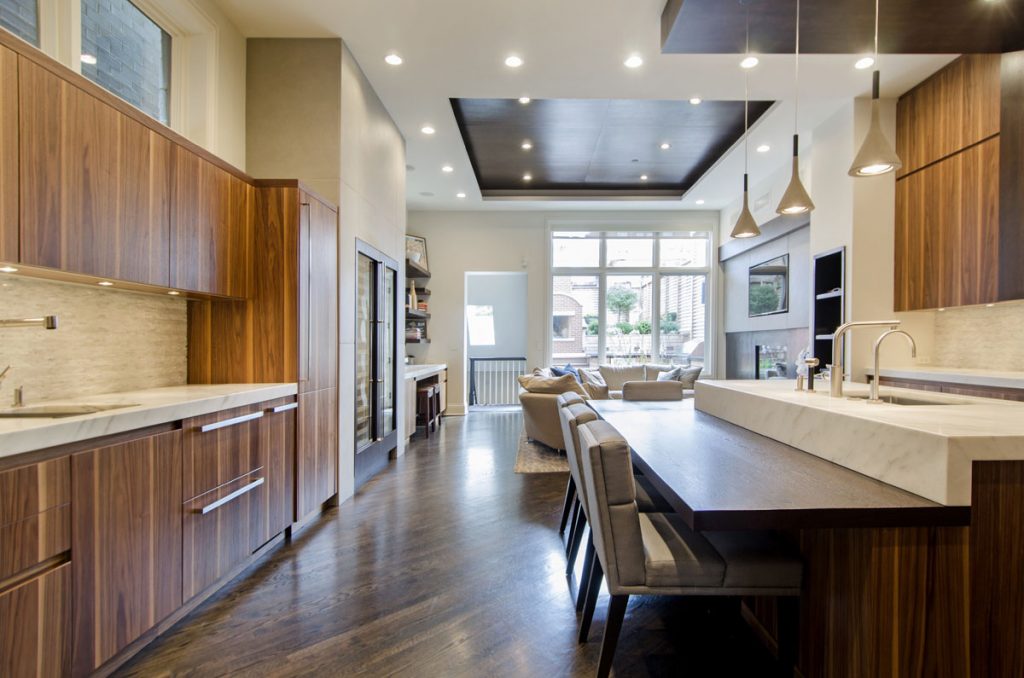
Why We Use Stipulated Sums
Mosaic Construction uses stipulated sums so that our clients know what they’re getting, and we know exactly what we need to deliver. Our contracts are predictable and easy to manage and benefit our clients in the following ways:
No Hidden Fees
One of Mosaic Construction’s key differentiators is that we never stick our clients with hidden fees, compared to cost-plus-fixed-fee and other contracts. “Our fees are transparent compared to other contractors,” said Ira Singer, Principal of Mosaic Construction on the This is the Real Estate Investing for Cash Flow podcast. “We have no incentive to say, ‘Okay, it’s going to be this much money for cost.’ Stipulated sums are integral in forging trusted relationships with our clients.”
Predictability
Our clients value the predictability of stipulated sum agreements, especially since they reduce risk and give them more confidence. With an agreed upon sum in place, our clients are not liable for any cost overruns. “We formulate construction based on our time and our investment to manage that project and steward it,” added Singer. “Whatever the cost of the project, our timeframe for completion and our fees will remain the same. In this respect, both parties are incentivized to stay on schedule and finish the job on time.”
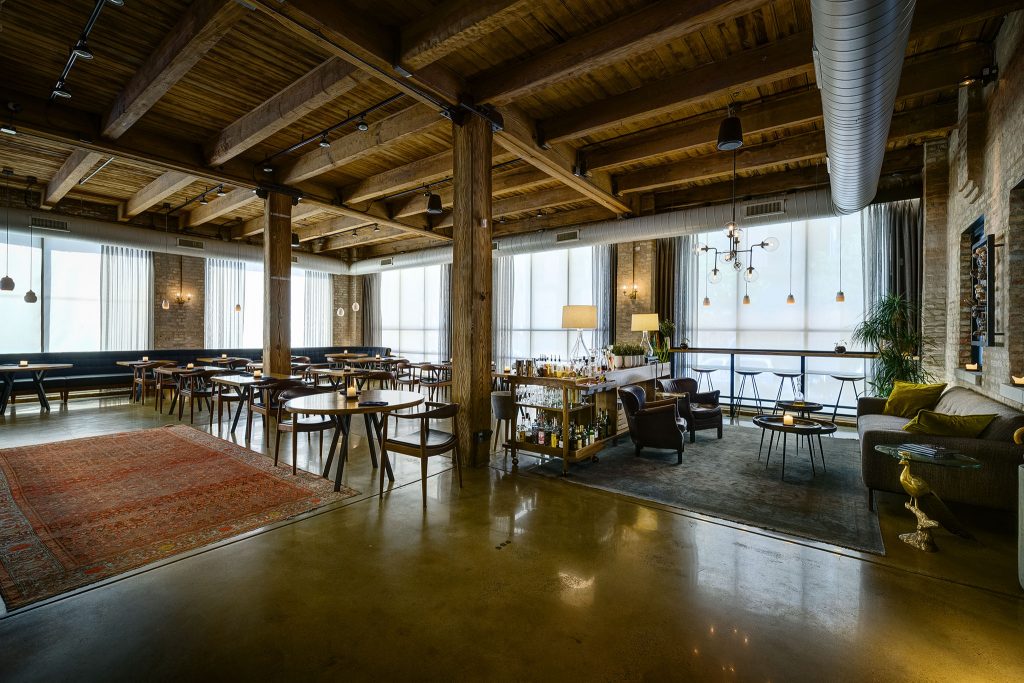
Better Collaboration
We find that stipulated sum arrangements foster a greater degree of collaboration between Mosaic Construction and our clients. We are able to execute tight project management and more efficient communication to ensure that both parties are adhering to the scope of work. “The Mosaic Construction way is to be a client-first company in which we anticipate needs and focus on relationship-building,” said Singer. “We’ve always led with this approach, and our clients understand the value of that.”
The design-build methodology supports our goal because it allows us to streamline the construction process, which ultimately benefits our clients and our management team. “We view our projects as investments in our clients’ growth and development,” added Singer. “We never think in terms of being one and done; rather, we create an atmosphere where our clients can focus on business development, while we do the best work possible for them.”
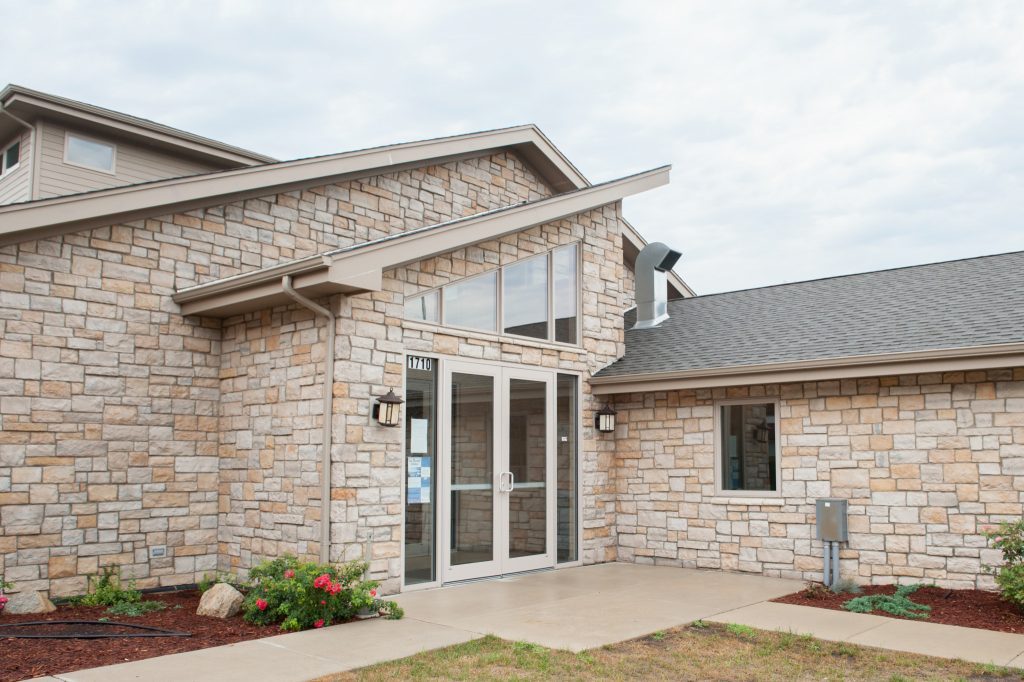
2019 Multifamily Outlook
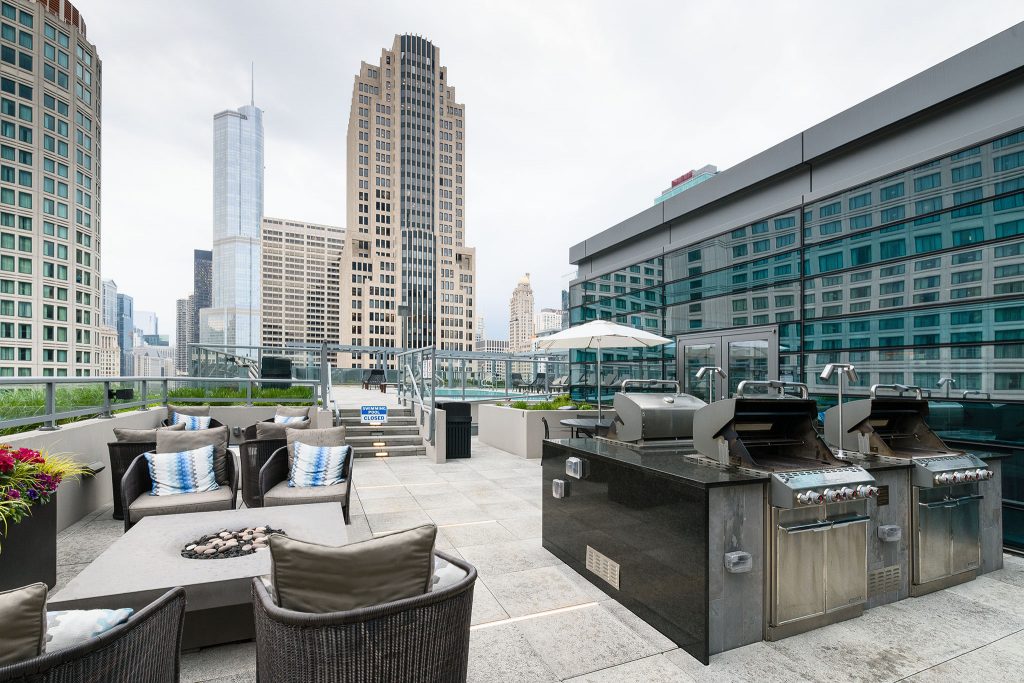
As we previously reported, 2018 was a banner year for multifamily housing, with a 44% increase in sales accounting for more than 30% of the total U.S. real estate investment sales. What is the health of the 2019 multifamily housing market through the first two quarters, and where will it go from here? Freddie Mac has answered these questions and more in its Multifamily 2019 Midyear Outlook. Overall, the outlook is positive, showing signs of sustainability and growth for the remainder of the year and beyond.
According to Freddie Mac, “In our research, we find that strong economic growth and the robust labor market continue to support the strength in the multifamily market. Last year ended much stronger than anticipated with near record absorptions and stronger rent growth compared with the prior few years. The first two quarters of 2019 saw mixed results, with slower growth in the first quarter, but preliminary second quarter information indicating the spring leasing season is off to a strong start. Along with the strong fundamentals, lower interest rates continue to drive origination volume higher throughout 2019.”
Low Unemployment is Having a Favorable Impact
It is anticipated that the labor market–with low unemployment and wage growth–will continue to drive housing demand, benefiting multi-family properties. As the report states, “Pending any broader economic event that would impact the labor market, there is no real estate specific headwind on the horizon that could disrupt the favorable outlook for multifamily through the rest of this year and into the next.”

Loans Increase While Absorptions Dip
Multifamily originations–or fees associated with processing a loan–are continuing their upward trend from 2018 through the first two quarters of 2019. Originations have increased by 8% to $336 billion. “The 10-year Treasury reached 1.75%, a decline of 150 bps (basis points) from last November,” the report says. “Rate declines generally drive origination volume higher, and with a drop of this magnitude to very low levels, forecasts must be decisively higher than earlier in the year.”
Absorption rates, by contrast, saw strong gains in 2018 only to stall thus far in 2019. “The first quarter of 2019 saw absorptions wane and high levels of new supply entered the market, but strong gains in the second quarter suggests the trends for multifamily are not yet turning.”
“In our research, we find that strong economic growth and the robust labor market continue to support the strength in the multifamily market.”
– Freddie Mac
Higher Demand and Lower Supply
Multifamily demand is outpacing new supply, as there is a shortage of housing compared to households. Total housing completions over the past three years have averaged 1.1 million housing units each year, while the number of households have increased on average 1.4 million. Per the report, “The continued increase in multifamily construction when the overall housing market continues to remain unbalanced is not necessarily an oversupply concern as the economy struggles to build enough housing.”
Steady Growth Ahead
The multifamily market is bright. Freddie Mac projects overall growth for the remainder of 2019 and into 2020 with high-demand spurring on new construction. “As this supply enters the market, we expect vacancy rates to increase throughout the year, but only marginally, up to 5.2%. We anticipate that rent growth will remain healthy at around 4% in 2019.”
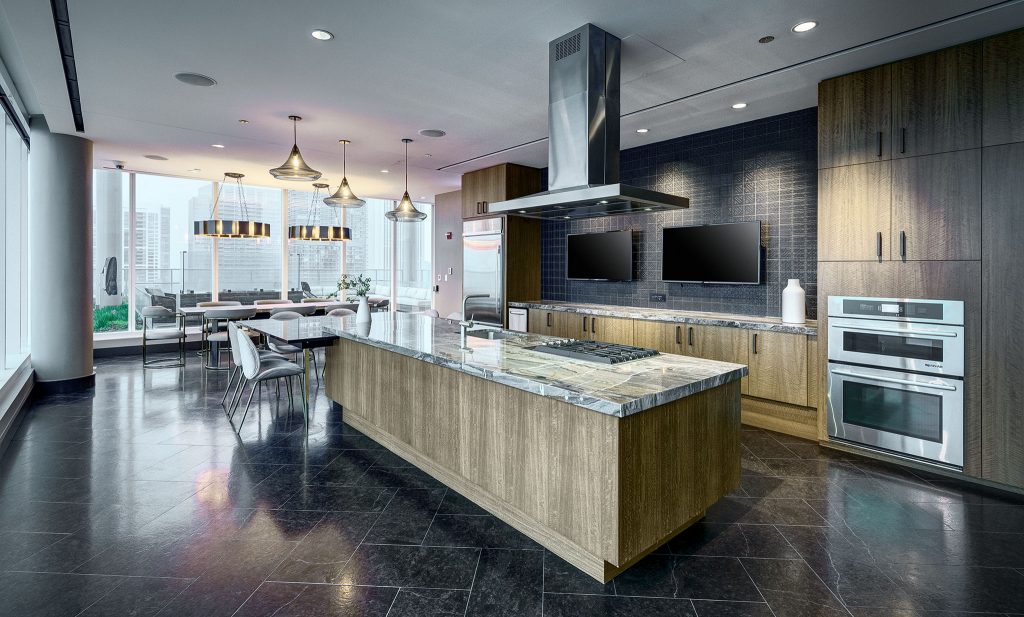
Apartment Building Investing – Michael Blank Podcast with Ira Singer
MB 170: MAXIMIZING ROI IN VALUE-ADD MULTIFAMILY DEALS – WITH IRA SINGER
Announcer: This is the Apartment Building Investing Podcast, with Michael Blank, episode 170. Let’s do this.
Announcer: You’re listening to the Apartment Building Investing Podcast, where we’ll talk about all aspects of buying apartment buildings with a special focus on raising money from others.
Announcer: And now, your host, Michael Blank.
Michael Blank: Hey everyone, and welcome to the show. I am your host, Michael Blank. I’m super excited that you’re here to learn more about apartment building investing. The best way to become financially free with real estate.
Michael Blank: Excited about today’s show. We’re going to talk about construction today, and the different ways that we can build value.
Michael Blank: So actually I have two guests. A construction expert, and someone who’s very, very intimately familiar with ROI based on amenities, and other improvements. So we’re going to really drill in on how to manage a construction company, and different ways you can add value to a value-add deal.
Michael Blank: I also want you to know, I’m being really, really active, or trying to be, on social media. Actually on the Facebook page, and Instagram, the handle is themichaelblank, that’s T-H-E- Michael B-L-A-N-K. So hang out with me there. Say hello.
Michael Blank: I also have a new Facebook group called Apartment Investor Networks. I’ve got several thousand people on there, and so myself, and our mentors, and our advisors, are active there. It’s a great place for you to ask questions. So make sure you check us out.
Michael Blank: Hey, in a couple of weeks, we’re going to be at Deal Maker Live. That’s July 26, 27, in Dallas. We still have a few tickets left. We’re expecting well over 500 people there, and we just added a few more tickets to that. So head over to dealmakerliveevent.com, or just google Deal Maker Live, and try to grab your tickets before they’re all gone. So we’re going to have a huge lineup of multifamily experts there, including Robert Helms, real estate guys Joe Fairless, Michael Becker, Adam Adams, Corey Peterson, and our keynote is Hal Elrod, the author of The Miracle Morning. Super excited to get to know him a little bit more, as well.
Michael Blank: All right. So with that, let’s get right into the show here, to learn about construction and ROI.
Michael Blank: Ira, welcome to the show today.
Ira Singer: Thank you. How are you?
Michael Blank: Very good. Very good. So we’re going to get all into construction, and ROI to get out of that construction. So I’m really excited to get into it.
Michael Blank: Before we get started, just give us a quick background on you and your company.
Ira Singer: Thank you. My name is Ira Singer. I am one of the principals at Mosaic Construction. We are a general contractors in Northbrook, Illinois, with a construction management practice that prefers the design build methodology, where we are at the table, helping with selection of finishes, scope of work, pre-budgeting.
Ira Singer: But we are experienced and adept at working in the multifamily industry, both in asset classes from market rate, to affordable, into senior housing. We’ve worked in student housing. We’ve done, in our geographic, and adjacent to our state, we’ve had value-add. We’ve had repairs, exterior work. There’s a lot of things that we have experience in, from both an exterior, and an interior point of view. We’ve worked in units. We’ve made accessibility choices with our clients. So it runs the gamut.
Ira Singer: I’m looking forward to our discussion, and what I can help your listeners with. So let’s get going.
Continue reading “Apartment Building Investing – Michael Blank Podcast with Ira Singer”
Home-Sharing is Creating Value for Multifamily Property Managers
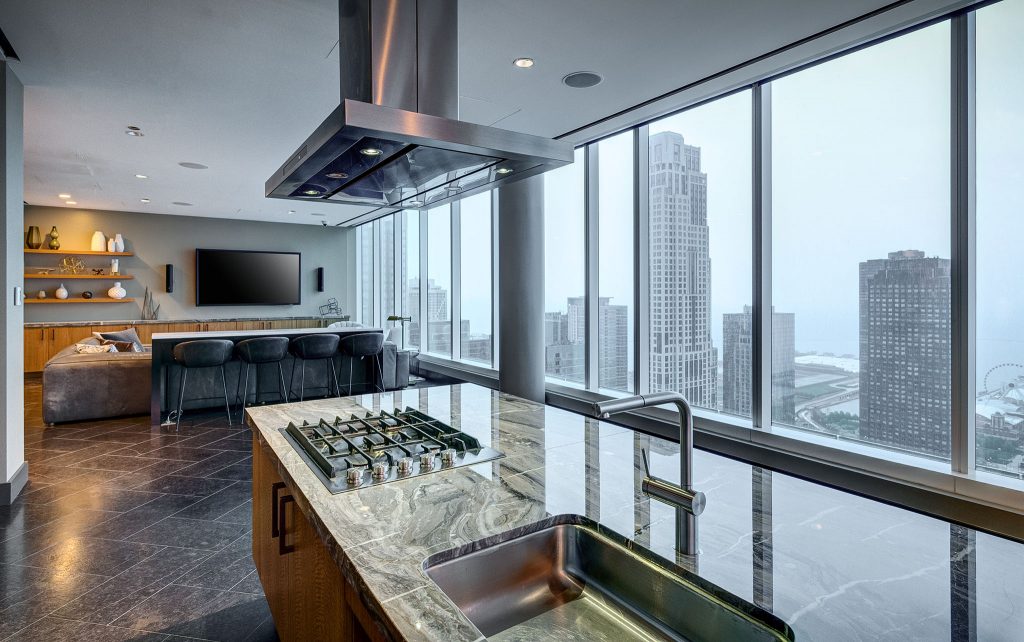
Home-sharing is a multi-billion dollar industry that is gaining momentum with unlikely allies: multifamily property managers. Traditionally, multifamily property managers have made cash off long-term leases and rent costs and prohibited home-sharing because they violated rules and regulations. But a report from the National Multifamily Housing Council (NMHC) estimated that about 65% of recent Airbnb bookings were in multifamily buildings, including apartments, condos and even in-development hotels. It also found that 43% of property managers have had short-term rentals occur without their approval. To legitimately meet the home-sharing demand, companies are bringing their innovations to multifamily property managers. Apartments Doubling as Hotels
Among the operational challenges that multifamily managers encounter is what to do during dry leasing periods. Enter companies like WhyHotel and Stay Alfred that take un-leased apartments and convert them into furnished, amenitized hotel units. This pop-up hotel model has been gaining traction. Zak Schwarzman, an investor in WhyHotel, told Forbes, “It’s no surprise that companies in this category with a clear value prop are receiving a warm reception from the multifamily community. WhyHotel offers developers significant newfound revenue by managing their yet-to-be-rented inventory as short-term hospitality during a building’s lease-up period. Who would say no to that?”
Stay Alfred focuses on market rate properties, providing a more upscale, short-term hospitality experience. In addition to furnishing empty units, the company rents them and staffs the buildings. Legitimate Short-Term Rentals
To eliminate the notion of black market short-term rentals, multifamily managers are taking a proactive approach to the leasee-turns-landlord problem. YOTELPAD in Miami became the first condo community to permit restriction-free short-term rentals. David Arditi, founding principal of Aria Development Group, the developer of YOTELPAD, told Forbes, “We’ve heard many stories of residential buildings having to deal with owners who are trying to skirt local legislation by renting out their units on a short-term basis. They are typically not allowed to do so given condominium association and zoning restrictions. We thought, why not do something that addresses this head on and gives people the option to do what they are asking for?”
Making life easier for multifamily property managers are companies like San Francisco-based Pillow, which provides the tools for property managers to control all short-term rental hosting in their buildings, as well as share in the revenue, ensure local regulatory compliance, and insure against damage.

NMHC/NAA Support
Multifamily home-sharing has the support of NMHC and the National Apartment Association, two of the most influential industry and advocacy organizations. “NMHC/NAA support the right of multifamily firms and other property owners to participate in all aspects of the sharing economy, if they so choose, and if it is done in full compliance with existing law and regulations,” according to an NMHC home-sharing fact sheet. The fact sheet emphasizes that the choice is ultimately up to multifamily property owners, but it encourages the practice as it creates additional revenue streams. “Policymakers at all levels wanting to regulate the short-term rental market should be cautious as to not inhibit the benefits of the sharing economy, while ensuring that the protection of private property rights and contractual obligations between property owners and residents are respected.”
What’s Next?
Multifamily home-sharing is more than a trend and will seemingly continue to evolve. We previously covered Airbnb’s entrée into the multifamily property manager partnership with its Niido brand, which launched its flagship property in Orlando. The program has been so successful that the company is expanding into Nashville with plans to open up to 14 more properties by 2020. This combined with the momentum of short-term rentals positions the home-sharing model to generate more cash and lower operational costs to reduced unit turnover and improved brand awareness for multifamily property managers.
How Millennials are Influencing the Multifamily Housing Market
Millennials are moving out of their parents’ houses in favor of multifamily communities. A strong economy is one factor, and Millennials are renting more than buying. This bodes well for multifamily operators who are seeing an influx of tenants to major municipalities, as well as smaller cities and suburbs. Let’s take a closer look at how Millennials are influencing the multifamily housing market.
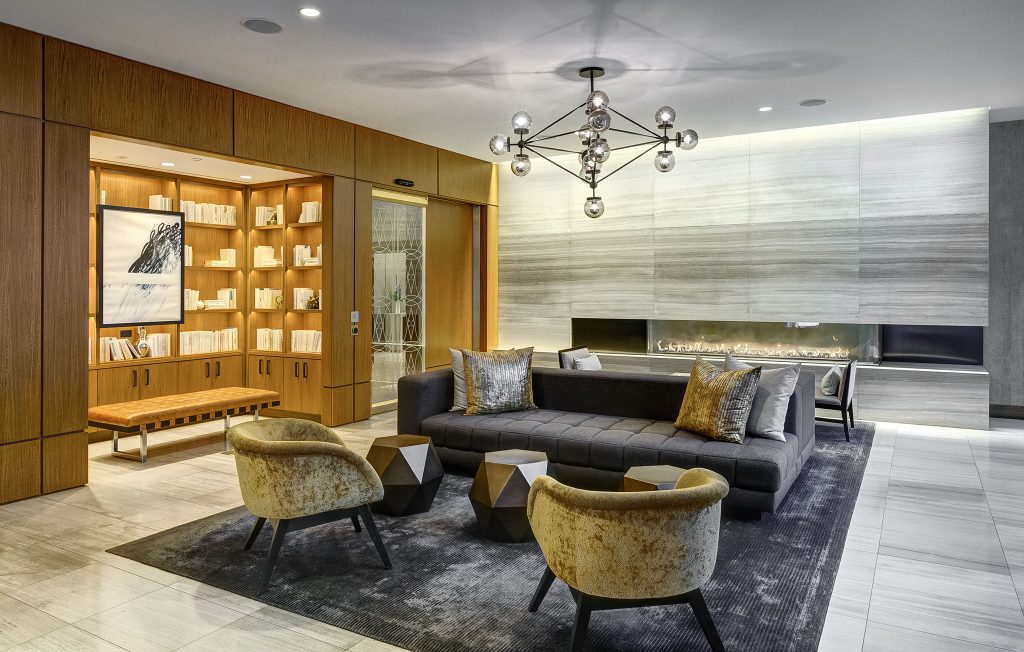
Secondary Market Boom
“Maturing Millennials” or those around age 34 are having babies at a higher rate compared to the rest of their generation. As we’ve previously written, they are influencing the urbanization of the suburbs movement by seeking more space in markets they can afford in so-called second tier municipalities. As Building Design + Construction reports, “…while Millennials are moving out of their parents’ houses and into multifamily developments, the developments that they want are in secondary and suburban communities where they can afford larger, more affordable space. This means they’ll be looking for mixed-use suburban locations with a bit of urbanism, as well as transit-oriented developments so they can get to work in urban commercial centers.”
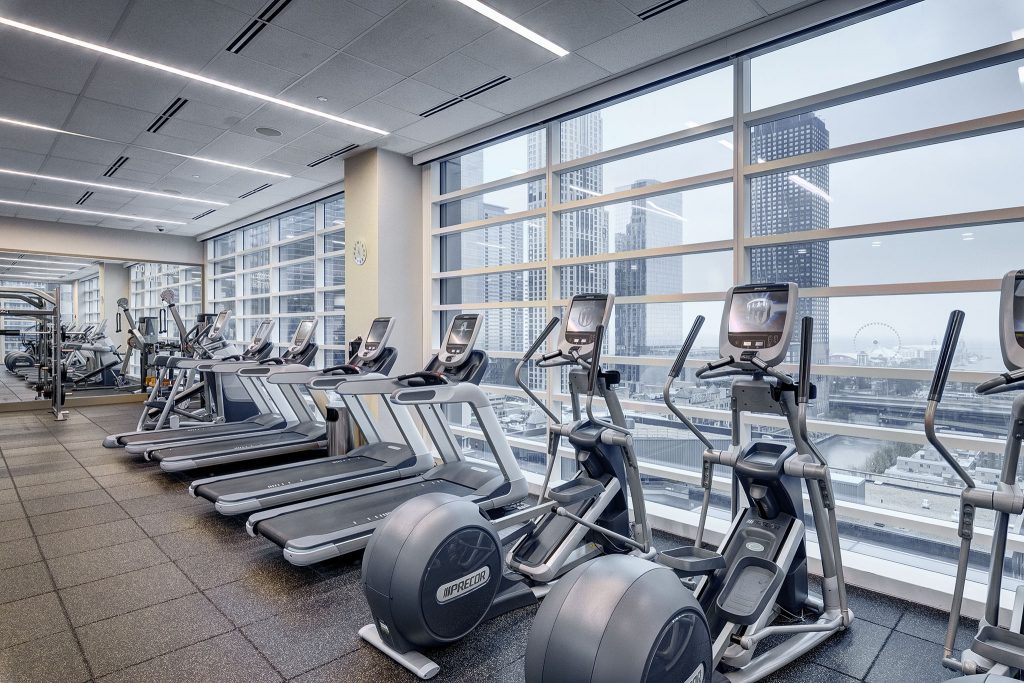
Specific AmenitiesFor those Millennials who aren’t ready to start a family, unit space goes by the wayside in exchange for top-notch amenities, especially in market rate multifamily properties. As we’ve previously covered, and according to the National Multifamily Housing Council, Millennials rank the following as the most desirable amenities: rooftop decks, outdoor kitchens, fitness centers, bike stations, yoga studios, and updated package centers.
Millennials also don’t overlook lobbies. “An active, inviting lobby is always important, as it is the first impression that the renter and his/her guests see upon entrance,” says Building Design + Construction. “The lobby should be open and situated like a lounge, evoking the feeling of an extended hangout space.”
Luxuries on a Budget
In lieu of buying a home and paying a mortgage, Millennial renters prefer to allocate those funds toward higher-end apartments offering luxuries that a starter home would not. In addition to the above amenities, these luxuries include security and concierge services, in-unit laundry and dishwashers, and conveniences such as smart controls for HVAC systems, dog parks, pet washing stations, recycling services and electric car charging stations.
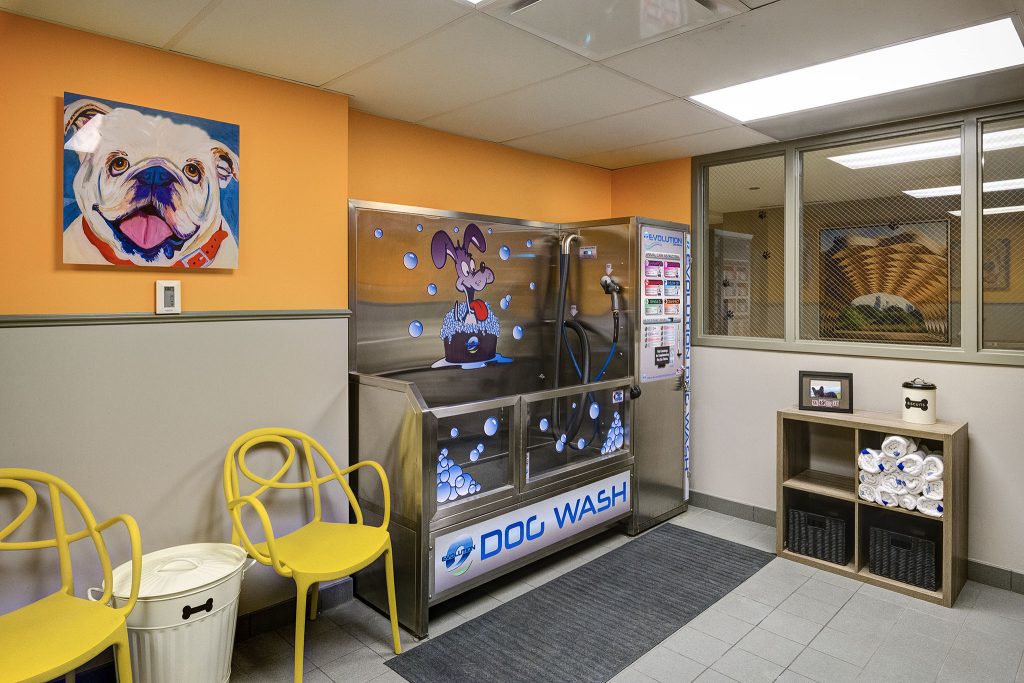
Home Sharing Income
The total student loan debt in 2018 was $1.6 trillion, which has made it difficult for recent college graduates to save. With rents increasing in larger cities, Millennials are seeking side-hustle income property opportunities. Traditionally, this has been conducted by property owners, but Airbnb and certain landlords have recognized an opportunity and market for home-sharing for tenants. Niido Powered by Airbnb launched in 2018 and features rentals in Orlando and Nashville. “Rent your couch, a room, or your entire apartment to offset your rent or pay for your next trip,” according to the company website. “By using your apartment to generate extra income, we enable residents to spend their time and money the way they want, while at the same time supporting a global community of travelers and adventure seekers.”
Conclusion As the largest living generation, Millennials know what they want, and the multifamily housing market is responding. Whether they land in the big cities or surrounding suburbs, Millennials are motivating multifamily operators to provide access, amenities, income opportunities, and modernization.
Medical Office Renovations that Focus on the Patient Experience
Unsightly building exteriors, unwelcoming, cold waiting areas, and dated examination rooms will drive patients away from your medical office properties and give them second thoughts about trusting your provider tenants. The best medical practices are centered around making the patient feel safe and relaxed, and these are achieved by the following medical office renovations that focus on the patient experience:A More Homey Atmosphere Patients are more comfortable when a medical office feels like their home and less like a sterile, cold facility. Pediatric practices, for example, recognize this and have renovated their waiting rooms, installing play areas for kids and tablet stations where they can play games. Modifications to lighting and the use of sofas, chairs, and side tables create a living room-style environment. In addition, providing outlets for power and USB cords allows patients to occupy themselves or get work done.
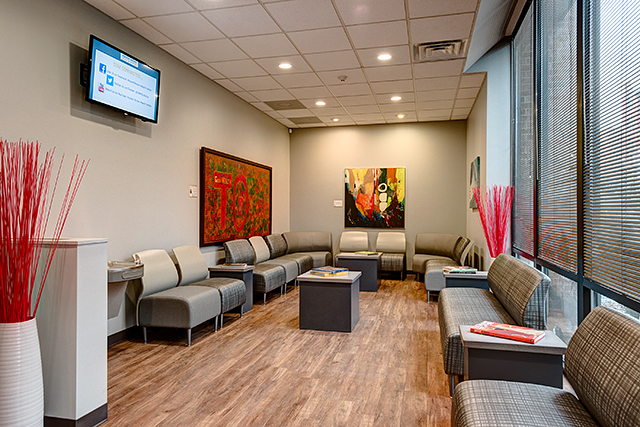
“This trend really helps increase patient satisfaction by improving comfort and mental well-being, “ says CME. “Patients in waiting rooms that are well-designed are often more patient and find average wait times more agreeable.”
Incorporating Technology
Innovative medical practices design spaces that leverage technology to improve patient satisfaction and make it easier for staff to do their jobs. Renovating offices to incorporate digital kiosks, for example, creates many advantages. Patients can check themselves in or out and make follow-up appointments, front desk staff can focus on important tasks, and congestion due to foot traffic is reduced.

All-In-One Spaces From primary care to specialty and multi-specialty practices, consolidating services or co-locating all providers in the same space can enhance operational efficiency and patient satisfaction. Consult room remodeling is gaining a lot of traction as a way to combine exams and consultations in a more inviting setting. This concept allows for better engagement between patient and provider.
“This current landscape is in large part the result of private physicians joining group practices at large healthcare systems and institutions creating specialty clinics to maximize their service offerings and broaden their reach,” According to Healthcare Design Magazine. “And exactly what shape those efforts take is key to providers differentiating themselves among the competition.”
Appealing Outdoor Space
Making use of outdoor green areas can also create a more appealing atmosphere for patients and caretakers. Landscaping green spaces–including easily accessible areas for those confined to wheelchairs or patients that need walkers–invites patients and caretakers to relax. “These green spaces don’t need to be elaborately designed, but rather serve as a small garden setting with purposefully placed shrubs or trees to create a cozy area blocked from traffic or parking lots,” adds CME.
Staff Benefit, Too
The more functional a medical office, the better engagement and productivity are among staff. Care team members benefit from collaborative spaces, compared to dedicated physician’s offices. These onstage/offstage layouts are growing in popularity and place clinical staff in a central core and create group work areas where nurses and physicians work alongside each other.
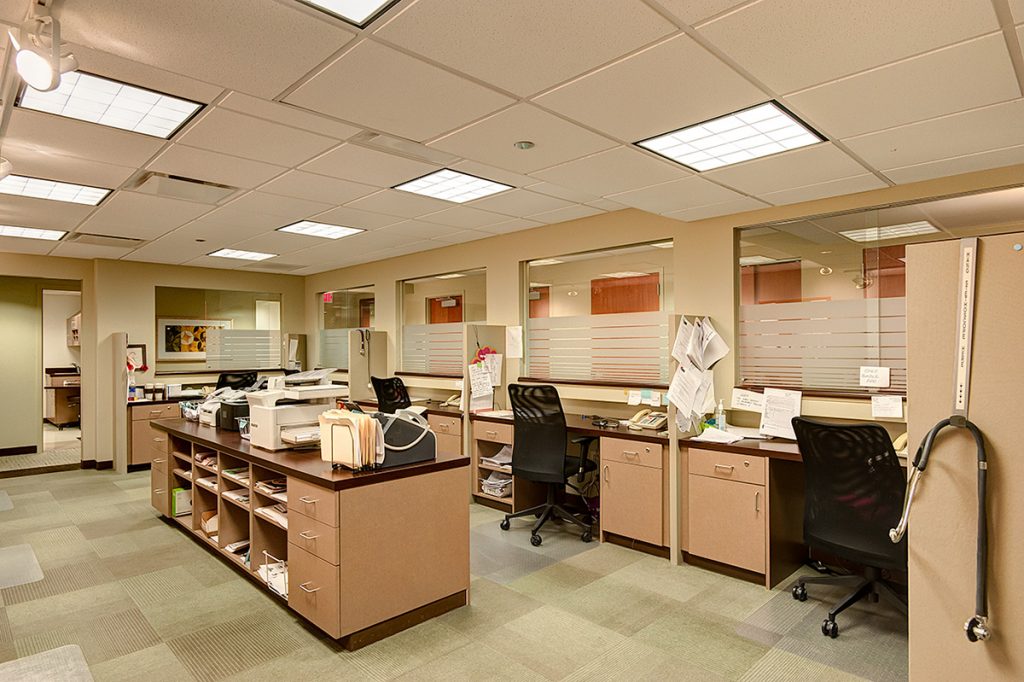
Conclusion
In many ways, bedside manner extends beyond provider and patient interaction to the way patients feel about the environment of a medical office. Renovations that are patient-centric and cater to their comfort needs will create a winning situation for them, as well as providers, and property owners and managers.
New Package Centers are Making Life Easier for Multifamily Residents
As more multifamily properties make improvements to common areas, one space in particular is receiving quite the makeover: the package room.
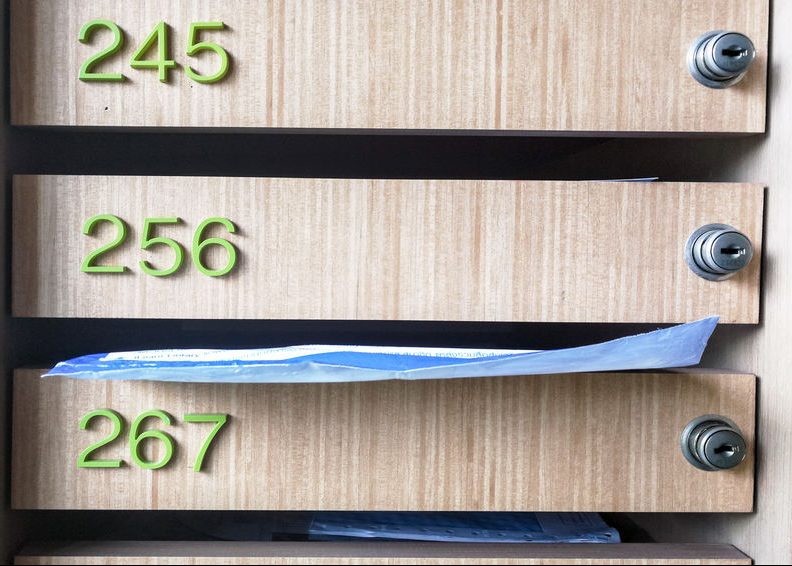
Traditional package management is causing headaches for property managers. Boxes from Amazon, groceries, and other deliveries inundate front offices (UPS delivered 800 million packages during the 2018 holiday season, up 50 million from 2017. That’s not including deliveries from the USPS and other shippers.). Staff spend hours logging deliveries, and the additional time and manpower is expensive. Residents are feeling the burden by not being able to claim their packages outside of regular office hours. Additionally, there are the legal liabilities associated with lost or damaged items.
Multifamily property managers are adapting by redesigning package rooms and management systems to accommodate tenants in the following ways:
Dedicated Package Delivery Centers
The traditional mailroom is a dying breed, as apartment and condo buildings have been installing dedicated package delivery centers for the last ten years. “Such facilities have grown in number and sophistication as the flood of packages has risen, and as residents’ reliance on them has gone up exponentially,” according to Building Design + Construction.
Package management system disruptors are playing a major role. Multifamily Executive calls 2018 the “tipping point” of package-management automation. Property managers are taking advantage of the technology to reduce costs and create a more self-sufficient environment. Companies like Package Concierge and Parcel Pending allow deliveries of packages in secure lockers that are accessed using touch-screens. Residents receive text messages with PIN numbers to alert them of package-arrival, and they can retrieve them whenever they’d like. The technology is so popular that the lockers are now being used in retail and grocery locations, corporate campuses, and universities.
Access and Space
Package centers should be highly visible, easily accessible, and available 24/7 so that tenants can retrieve their deliveries on their own time.
“New Package Concierge data shows that 83% of users would prefer 24/7 access to the locker in order to increase utilization of the solution,” according to Multifamily Executive. “Installing automated lockers in common areas or near the mailroom allows residents and carriers alike easy access.”
Renovations to create more physical space for package centers is critical to accommodate self-serving systems. Packages come in all shapes and sizes; therefore, providing enough options for lockers to handle volume is key.
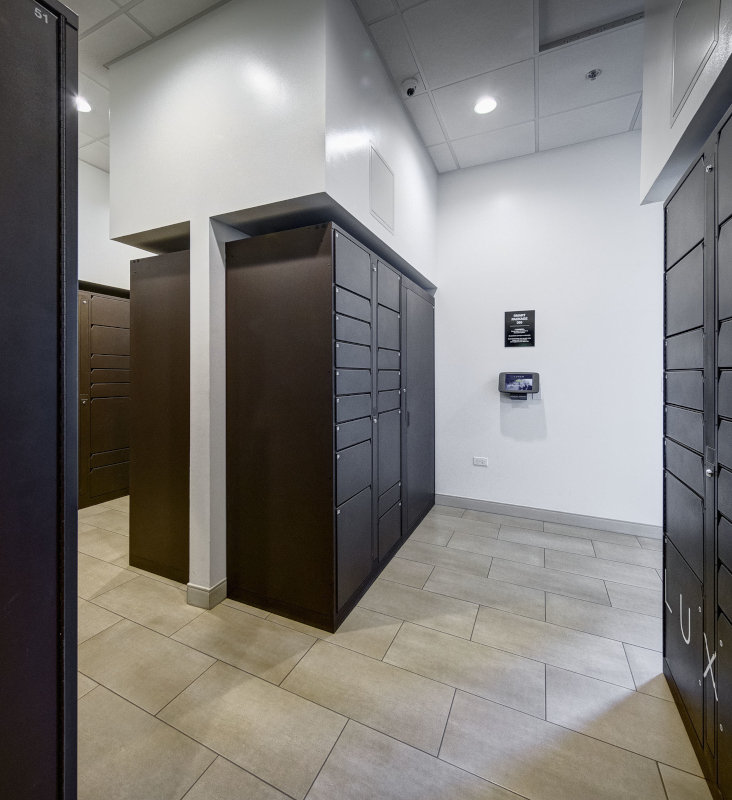
“Don’t limit your potential for using these systems now or in the future – especially since package volume will only continue to rise,” adds Multifamily Executive. “On average, today’s apartment buildings receive up to 50 packages a day, which increases during the holidays, so including plenty of available space to manage this volume is important.”
Creating Community Experience
If tenants are happy, so are property managers and investors. Successful multifamily properties focus on enhancing the resident experience, and designing the right package area helps foster community. Per Building Design + Construction, “Many rental and condominium communities integrate package centers into high-traffic areas. Not only does this make it easier for couriers to find the center and deliver packages, it also makes receiving a package a neighborly event. If planned and designed appropriately, package centers can strengthen community ties among residents. The inclusion of communal tables and recycling bins gives residents the option to open their packages immediately while socializing with their neighbors.”

Conclusion
Renovating package centers and investing in new technology is essential for meeting the demands of today’s delivery volume and tenant needs. The best package-management systems provide secure, 24-hour access, keep package areas neat and clean, and free up time and energy of building staff.
Restoring The Notre Dame Cathedral

“We will rebuild Notre Dame together,” pledged France’s President, Emmanuel Macron directly following the fire that caused widespread destruction to the 850-year-old gothic cathedral in April of 2019. The French and the global community appear unified in the goal to rebuild the NotreDame as $1 billion has been raised so far toward that effort. However, exactly what restoration will look like is a different story.
On May 27, the French Senate passed a bill ordering that the cathedral, which lost its iconic 90-meter spire to the fire, must be restored to exactly the way it was before. The bill also removes a clause giving the government the power to override planning, environmental and heritage protection, and public regulations, which means the Senate and National Assembly must agree on a final version before it becomes law.
How to restore the Notre Dame is the international architectural controversy du jour. We may yet see an even newer bill that will impact the final plans. More than half the French want it rebuilt as it was, with one quarter favoring a more modernist approach.
Here at Mosaic Construction, we believe that if a classic structure could be as faithfully restored as possible, then it should.
“Watching the fire unfold was significant to me,” says Andy Poticha, our Principal and CEO, who spent his honeymoon in Paris in 1991. “Visiting the Notre Dame Cathedral was one of my most memorable events. As someone trained in architecture, it was very difficult to see one of the world’s premiere monuments almost completely burn down to the ground.”
While we’re not cathedral or gothic specialists, we understand first-hand the value of restoring properties to their original form. The Notre Dame Cathedral is an architectural, historical, and cultural feat that deserves a triumphant restoration.

The Challenges Of Restoring Such a Structure
President Macron and Prime Minister Édouard Philippe want the cathedral rebuilt within five years, which critics believe is unrealistic. It’s worth noting the Herculean effort required for the full restoration, including but not limited to archaeological and forensic expertise.
“Evidence for the evolution of that building is in the physical fabric, so you’ll need an army of archaeologists all over it to better understand which parts they’re repairing and what they belong to,” says architectural historian and broadcaster, Jonathan Foyle. “The stripped roof and upper masonry will reveal aspects of the building’s history which probably haven’t been understood. Notre Dame has virtually no building records. We know (that construction) started in 1163 and was basically completed by about 1240, but there are no building accounts.”
John Burton, an architect and a surveyor of conservation, who works at Canterbury Cathedral and Westminster Abbey, predicts a painstaking forensic process of sifting through valuable debris that will require special committees to assess each of the elements, “from stained glass to gold plating. It will then be down to a master architect to bring the overall design together.”

Architect Peter Riddington, who worked on the restoration of Windsor Castle after it was damaged by fire in 1992, refers to these groups as committees of taste. “My guess is they will need to have a committee of taste to make decisions on even the most fundamental things like, what is the cathedral, once restored, going to look like,?” he adds.
Once this preliminary work is completed, the building process can begin but only by the highest level and most specialized of trades.
“A lot of people in the stone industry become sculptors … but cathedral work is very, very different,” according to Christian Frenzel, an Australian cathedral stonemason, who recently restored gargoyles at the Smyth Memorial Chapel located inside Adelaide’s West Terrace Cemetery. “Some people who have worked for 50 years as stone masons would not be allowed to do cathedral work. It is very elite…Tracery windows have to be millimetre perfect and if there are flower ornamentations on there, then that will have to be almost perfectly replicated.”
Controversy Over Modern Design
We’d be remiss if we didn’t mention that the Notre Dame experienced previous restorations. “Notre Dame is not a building that has been fossilized in time, Foyle said. “It has not remained static since the early 13th century.”
For example, it’s prominent spire was the product of a restoration in the 1800’s, made taller and more elaborate by architect Eugène Viollet-le-Duc. The same restoration included profound changes to the facade and interiors. Yet that’s hardly the same as many contemporary proposals.
In the immediate aftermath of the fire, Prime Minister Philippe announced a competition for original ideas for the cathedral, and designers flooded Instagram with their renderings. Some were outlandish, including installing a swimming pool on the cathedral’s roof.
“I believe that Notre Dame should be resorted to what it was. Period,” says Poticha. I don’t understand changing anything or making it different.”
He’s not alone.
“I think the problem is that architects want their intervention to be visible,” says Frank Matero, University of Pennsylvania architecture professor and chair of historic preservation. “They see the creative act as highly visible. But the best restoration is that which is invisible.”

Restore to Its Original Form
Though the specter of additional changes hovers over the current Senate bill, the French and preservationists writ large have spoken, and their voices are loud and clear to restore the Notre Dame to its original form.
“It still is a Gothic cathedral,” says Frenzel. “To fulfil traditional conservation and restoration guidelines, it has to be rebuilt as it was.”
The silver lining is what survived the fire. Firefighters were able to preserve the cathedral’s main structure, including the outer walls and two bell towers. Artifacts and artwork were saved as well, like the Crown of Thorns, the Blessed Sacrament, and more items.
“This is a 12th century masterpiece,” says Poticha. “I keep thinking about its historical significance.”

